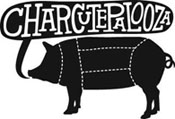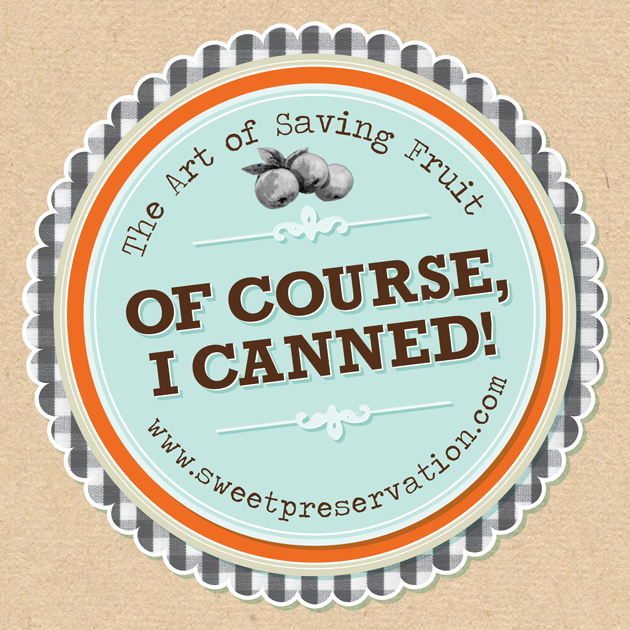Cinnamon-y Pear Sauce
 Tuesday, January 11, 2011 at 6:44PM
Tuesday, January 11, 2011 at 6:44PM This recipe is, like many of my preserving recipes, is pretty simple to make. Please feel free to use whatever type of pear you like (or a mixture of pears.) You could also make this with cooking apples. The cinnamon can be increased or left out. The sugar can be reduced or increased. Taste it as you go along, and let your palate be your guide.
Just don't reduce the lemon juice; you need the acidity of the lemons because it acts as a preservative.
Bonus: Your house will smell incredible while this mixture of pears, sugar and cinnamon is simmering away on your stove!
Makes ~ 3 pints
- 7 large pears, peeled, quartered & cored* (~ 5 pounds)
- 1 juicy lemon, zested and juiced (You need 3 Tablespoons of juice.)
- 3/4 cup water
- 1/4 - 3/4 cup white sugar
- 1/4 - 1/2 teaspoon ground cinnamon
1.) Prepare the canning jars and keep hot until ready to use; prepare lids according to the manufacturer's instructions.
2.) *Combine water and lemon juice & lemon zest in a large, heavy-bottomed, non-reactive pan and drop the pears into them as you cut them up to prevent browning.
3.) Heat the pears and water/lemon mixture to a strong simmer and cook for about 10 minutes, or until the pears become tender. At this point, gently smash the pear quarters with a potato masher.
4.) Simmer for 10 more minutes, then break out the immersion blender. (If you don't have one, get one! You will use it for pureeing soups, gravies, sauces, fruit butters and preserves, and wonder how you lived this long without one.)
Note: If you don't have animmersion blender (aka "hand blender") you can let the mixture cool a little bit, and run it through a food mill
, or let it cool to room temperature and puree it in a food processor.
5.) When the mixture is smooth, continue to simmer, adding 1/4 cup of sugar, and 1/4 teaspoon of good quality ground cinnamon. (You can leave the cinnamon out too...it will still be delicious.) As the mixture cooks, it will reduce, and the natural sweetness of your pears will really shine.
6.) You might not need any more sugar or cinnamon; it's all a matter of taste. I have made this with no sugar, or as much as 3/4 cup of sugar. It all depends on the pears used, so just taste it as it cooks and adjust accordingly.
7.) Simmer until it's reached your preferred thickness, stirring often to keep the sauce from sticking to the bottom of the pan.
6.) Ladle jam into clean hot jars, leaving 1/4" headspace.
7.) Using a chopstick or plastic knife, pop any air bubbles you might see in the Monkey Butter.
8.) Wipe rims spotlessly clean and place a sealing lid on top the jar. Next, screw a band onto the jar until it's "finger-tight".
9.) Process jars in a Boiling Water Bath for 10 minutes (half pints) and 15 minutes (pints).
> If jars lid seals it will easily keep for one year in a cool, dark place. If jar doesn't seal, place it in your refrigerator and eat within 3 months, or within one month of opening.
If you'd rather not seal the jars, just place the finished Pear Sauce in a container with a tight-fitting lidding, and store in the refrigerator for a month, or in the freezer for 6 months. Remember, if freezing, to leave an inch or so for expansion.
 Brook Hurst Stephens | Comments Off |
Brook Hurst Stephens | Comments Off |  Cimamon,
Cimamon,  Comice pears,
Comice pears,  Pears,
Pears,  pearsauce
pearsauce 







